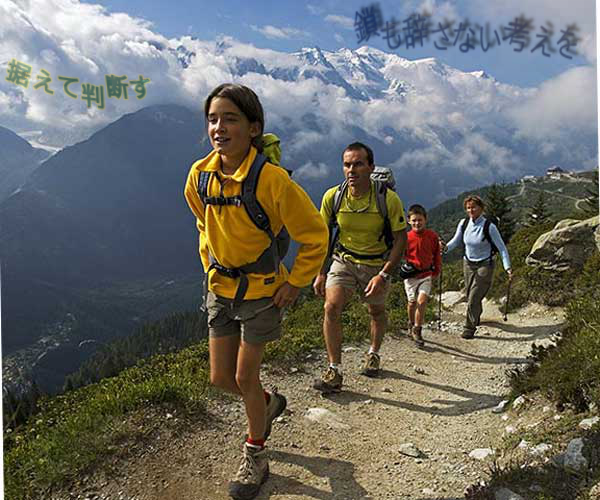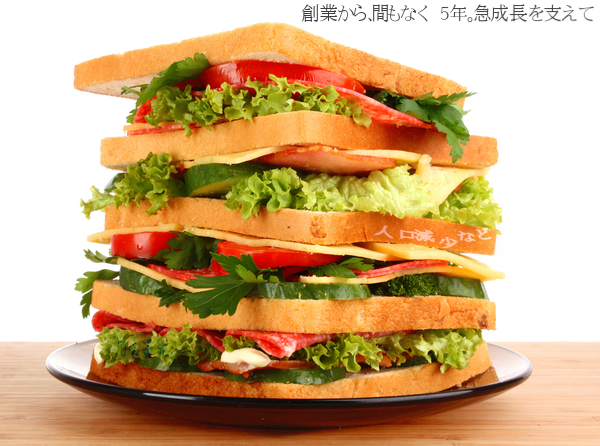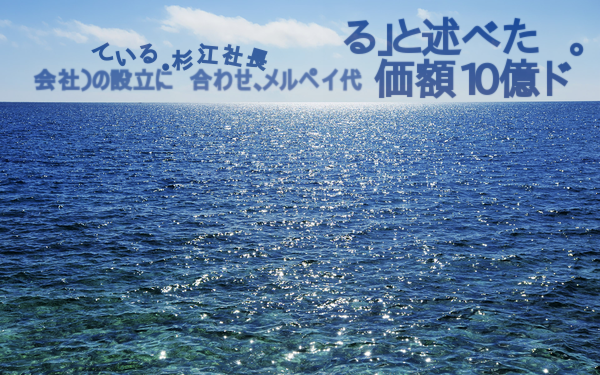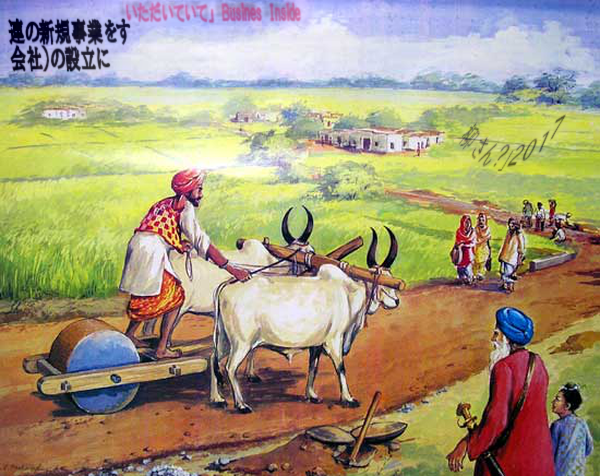Code for generating synthetic text images as described in "Synthetic Data for Text Localisation in Natural Images", Ankush Gupta, Andrea Vedaldi, Andrew Zisserman, CVPR 2016 with support for japanese characters
Add support for chinese
Synthetic Japanese Text Samples 1
Synthetic Japanese Text Samples 2
Synthetic Japanese Text Samples 3
Synthetic Japanese Text Samples 4
The library is written in Python. The main dependencies are:
pygame, opencv (version 3.3), PIL (Image), numpy, matplotlib, h5py, scipy
- Use opencv 3.3 instead of opencv 2.4
- Use nltk to parse language (eng, jpn)
Put your text data and font as follow
data
├── dset.h5
├── fonts
│ ├── fontlist.txt : your font list
│ ├── ubuntu
│ ├── ubuntucondensed
│ ├── ubuntujapanese : your japanese font
│ └── ubuntumono
├── models
│ ├── char_freq.cp
│ ├── colors_new.cp
│ └── font_px2pt.cp
└── newsgroup
└── newsgroup.txt : your text source
# For japanese
sudo apt-get install libmecab2 libmecab-dev mecab mecab-ipadic mecab-ipadic-utf8 mecab-utils
python invert_font_size.py
python update_freq.py
mv char_freq.cp data/models/
mv font_px2pt.cp data/models/
Code for generating synthetic text images as described in "Synthetic Data for Text Localisation in Natural Images", Ankush Gupta, Andrea Vedaldi, Andrew Zisserman, CVPR 2016.
Synthetic Scene-Text Image Samples
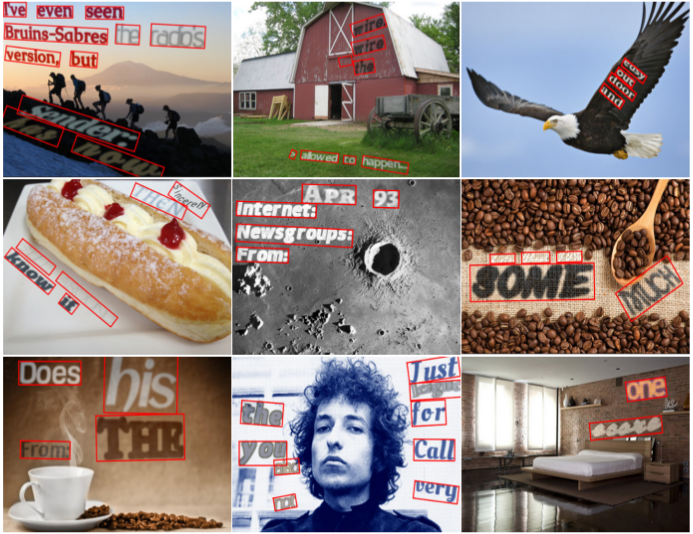
python gen.py --viz --lang ENG/JPN
This will download a data file (~56M) to the data directory. This data file includes:
- dset.h5: This is a sample h5 file which contains a set of 5 images along with their depth and segmentation information. Note, this is just given as an example; you are encouraged to add more images (along with their depth and segmentation information) to this database for your own use.
- data/fonts: three sample fonts (add more fonts to this folder and then update
fonts/fontlist.txtwith their paths). - data/newsgroup: Text-source (from the News Group dataset). This can be subsituted with any text file. Look inside
text_utils.pyto see how the text inside this file is used by the renderer. - data/models/colors_new.cp: Color-model (foreground/background text color model), learnt from the IIIT-5K word dataset.
- data/models: Other cPickle files (char_freq.cp: frequency of each character in the text dataset; font_px2pt.cp: conversion from pt to px for various fonts: If you add a new font, make sure that the corresponding model is present in this file, if not you can add it by adapting
invert_font_size.py).
This script will generate random scene-text image samples and store them in an h5 file in results/SynthText.h5. If the --viz option is specified, the generated output will be visualized as the script is being run; omit the --viz option to turn-off the visualizations. If you want to visualize the results stored in results/SynthText.h5 later, run:
python visualize_results.py
A dataset with approximately 800000 synthetic scene-text images generated with this code can be found here.
Segmentation and depth-maps are required to use new images as background. Sample scripts for obtaining these are available here.
predict_depth.mMATLAB script to regress a depth mask for a given RGB image; uses the network of Liu etal. However, more recent works (e.g., this) might give better results.run_ucm.mandfloodFill.pyfor getting segmentation masks using gPb-UCM.
For an explanation of the fields in dset.h5 (e.g.: seg,area,label), please check this comment.
The 8,000 background images used in the paper, along with their segmentation and depth masks, have been uploaded here:
http://zeus.robots.ox.ac.uk/textspot/static/db/<filename>, where, <filename> can be:
imnames.cp[180K]: names of filtered files, i.e., those files which do not contain textbg_img.tar.gz[8.9G]: compressed image files (more than 8000, so only use the filtered ones in imnames.cp)depth.h5[15G]: depth mapsseg.h5[6.9G]: segmentation maps
Note: I do not own the copyright to these images.
@JarveeLee has modified the pipeline for generating samples with Chinese text here. @gachiemchiep has modified the pipeline for generating samples with Japanese text here.
Please refer to the paper for more information, or contact me (email address in the paper).
